ArtRage Image Adjustment / Filters
ArtRage provides six default filters for adjusting image colors and adding effects. These can be found under Edit > Filters.
Default Filters
ArtRage 5 includes built in filters for noise, blur, color editing, warp (liquefy), and cleaning up white backgrounds. Blur Layer, Adjust Layer Colors, and Add Noise were also in ArtRage 4.
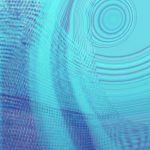
Warp
Use the Warp tool to distort, swirl, and liquify the paint on a layer. Helpful for fine adjustments, fisheye and bokeh effects, or crazy patterns
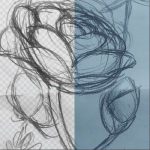
Remove Color Matte
Clean up scanned sketches and white background to convert them into transparent line art. Or just delete all of a single color from a layer.
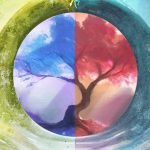
Adjust Layer Colors
Adjust brightness, contrast, hue, intensity and convert to and from greyscale with this filter.
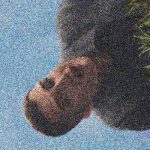
Noise
Add a noise grain to your layer and adjust the intensity and noise pattern.
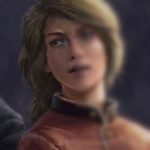
Blur
Soften an entirely layer of paint instantly for easy blending or out of focus effects.
Adding Custom Filters
ArtRage also supports Adobe Photoshop format Filters. You can find a list of installed filters in the Edit menu under Filters. Selecting a Filter from that list will launch its interface and allow you to apply its effects to the current ArtRage layer.
Compatible Filters
Because Photoshop filters were not written specifically for ArtRage only some of them are compatible. ArtRage supports .8bf format filters only (including 8BF type filters on Mac OS X), other types of plugin will not work.
A list of incompatible filters is maintained by the application so if your filter does not appear it may already have been determined to cause problems when running in ArtRage.
Ambient Design cannot provide support for any third party plugin used in ArtRage or guarantee that it will operate correctly. If you are having problems getting a filter going or want to know if something will be compatible before purchase, please ask in the Technical section of the ArtRage Forums at http:// www2.ambientdesign.com/forums. Someone there may be able to answer your questions.
Adding Filters
There are two ways to add Filters to ArtRage. The first is to install them to the ArtRage Filters Folder, and the second is to tell the application to look in an existing filters folder for another application.
You must restart ArtRage after installing Filters for it to detect them.
Installing in the ArtRage Filters Folder
The ArtRage Filters folder is located in the ArtRage User Contents folder. This folder does not exist until it is required so before you install filter go to the Tools menu and in the User Content menu select Open ArtRage Filters Folder. This option creates the folder and opens it for you.
You can now install filters to the folder. The location of this folder varies depending on your operating system, and in some cases can be hidden by default. If you need to locate it for an installer to work please open the folder using the menu option and use your operating system tools to locate the folder in relation t the rest of your folders.
Scanning External Folders
It can sometimes be easier to tell ArtRage to scan an external folder to locate Filters. To add folders to the list of items to be scanned use the Filters section of the Preferences Panel which can be found under the Edit menu.
The Filters section presents you with a list of folders that will be scanned for filters. If you have filters installed for another application or outside the ArtRage Filters Folder click the + button and locate the folder that contains the filters on disk.
When you point the mouse at a filter in the list an ‘x’ button appears. Click that button to remove the folder from the list.
You must restart ArtRage after changing the list of filter folders for changes to take effect.
Filters and Layers
Because they were not designed to work with ArtRage, Photoshop Filters do not recognize the additional information ArtRage stores with its layers such as the volume of paint on the Canvas and how wet it is. This means that when you apply a filter to a layer in ArtRage the layer is converted in to a flat image and while you can still work on it with the painting tools it will not smear as easily as before.
If you use a filter on a Sticker or Text layer you will be prompted to flatten the layer to an image first so that it can be edited.